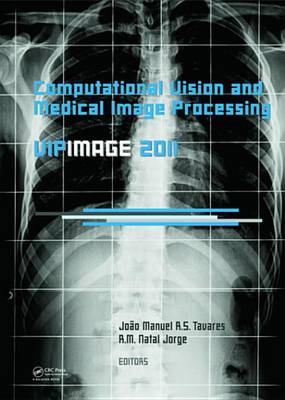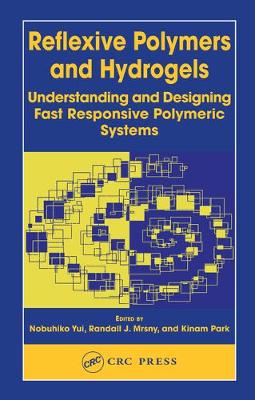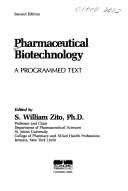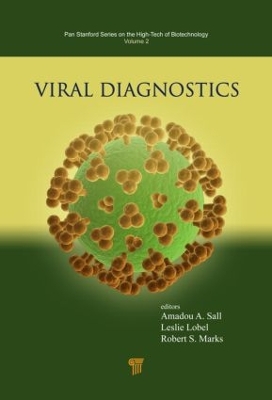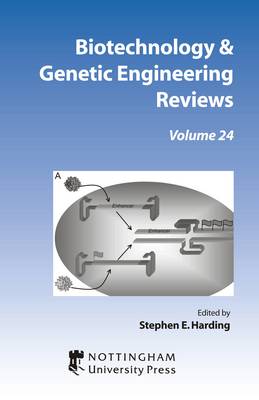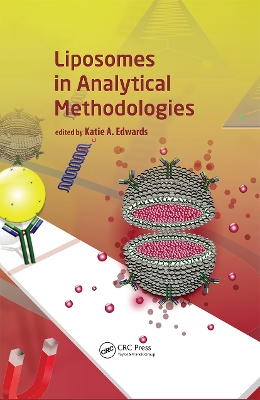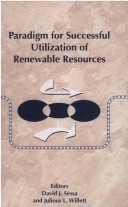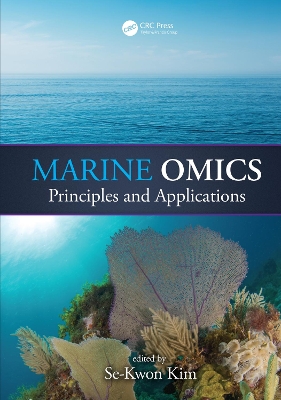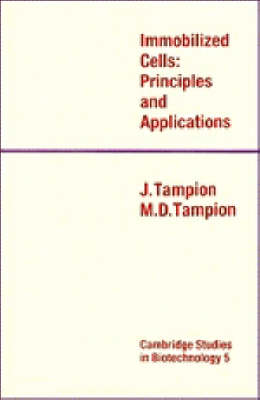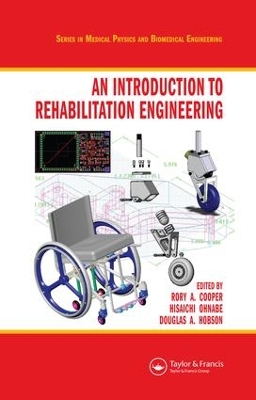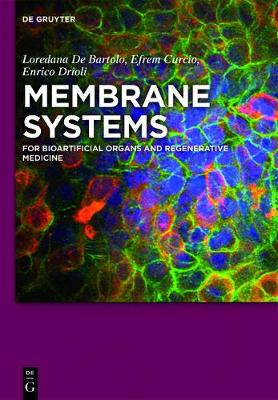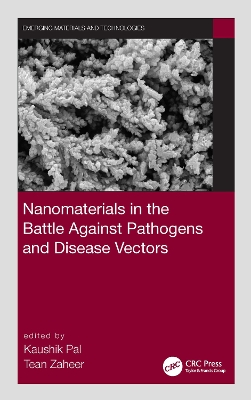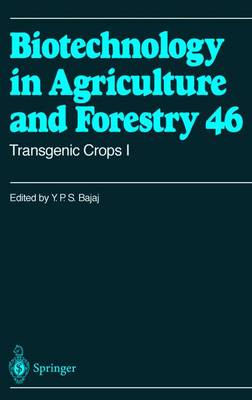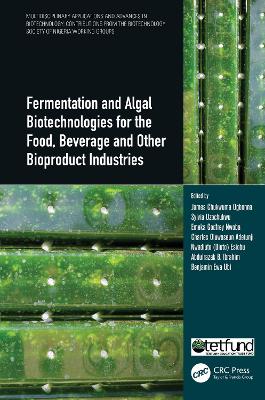The self-organization of bionanostructures into well-defined functional machineries found in nature has been a priceless source of ideas for researchers. The molecules of life, proteins, DNA, RNA, etc., as well as the structures and forms that these molecules assume serve as rich sources of ideas for scientists or engineers who are interested in developing bio-inspired materials for innovations in biomedical fields. In nature, molecular self-assembly is a process by which complex three-dimension...
Biomaterials and Immune Response (Devices, Circuits, and Systems)
The interactions of the biomaterials with the host immune system is crucial for their functionality. This book aims to provide the reader with a better understanding of the role of the immune system in biomaterial applications. For this end, the book has dedicated chapters for i) explaining immune cells taking part in immune response to biomaterials/immune systems interface; ii) the effect of biomaterial shape, form and physicochemical properties on the response of immune system; iii) biofilm fo...
Dynamics of Blood Cell Suspensions in Microflows
Blood microcirculation is essential to our bodies for the successful supply of nutrients, waste removal, oxygen delivery, homeostasis, controlling temperature, wound healing, and active immune surveillance. This book provides a physical introduction to the subject and explores how researchers can successfully describe, understand, and predict behaviours of blood flow and blood cells that are directly linked to these important physiological functions. Using practical examples, this book explains...
Computational Vision and Medical Image Processing: VipIMAGE 2011
This book contains invited lecturers and full papers presented at VIPIMAGE 2011 - III ECCOMAS Thematic Conference on Computational Vision and Medical Image Processing (Olh Algarve, Portugal, 12-14 October 2011). International contributions from 16 countries provide a comprehensive coverage of the current state-of-the-art in: Image Processing
Emerging Pandemics
Pandemics are often associated with viruses and bacteria occurring in wildlife in natural environments. Thus, diseases of epidemic and pandemic scale are mostly zoonotic, some of which include AIDS, Zika virus, severe acute respiratory syndrome (SARS), and COVID-19. The book seeks to explore the documented history of pandemics and various epidemics that have the potential of turning into pandemics with the warming climate, pollution, and environmental destruction. The book covers some of the mo...
Reflexive Polymers and Hydrogels
. Despite their capacity to carry out functions that previously were unobtainable, smart polymers and hydrogels tend to have painfully slow response times. On the other hand biological systems go through phase changes at an extremely fast rate. Reflexive Polymers and Hydrogels examines the natural systems that respond almost instantaneously to envi
The explosion of knowledge in the area of pharmaceutical biotechnology can certainly justify the need for a second edition of this text. While new techniques and topics have been introduced to ensure the content is current, the format of Pharmaceutical Biotechnology, 2nd Edition has remained essentially unchanged. It provides a clear, concise self-teaching guide to the essentials of pharmaceutical biotechnology. Key topics are covered systematically, with self-tests at the end of each chapter, h...
Graphene-Based Nanomaterials
The book presents a comprehensive overview of the historical, current, and prospective application realms of nanobiotechnological research pertaining to graphene, a carbon-based nanomaterial, and its diverse forms in the fields of food and agriculture, as well as health sciences and technology. Young nanotechnologists and businesses will have access to nanobioanalytical methods. Given the present circumstances, it is crucial to underscore the potential ramifications that diverse forms of graphen...
Viral Diagnostics
This book illustrates a variety of challenges that bug hunters try to solve. It is an outstanding collection of the insights and expertise of an interdisciplinary group of researchers from all walks of life: virologists, physicians, immunologists, electrochemists, physicists, computer scientists, biotechnologists, epidemiologists, and molecular biologists, all working at the forefront of diagnostics in fields that cross scientific boundaries. Notwithstanding a dire moment as that of the recent E...
Biotechnological Applications for Improvement of Solanum Surattense: a Medicinal Plant
by N. Rama Swamy
Biotechnology and Genetic Engineering Reviews
Liposomes in Analytical Methodologies
Liposomes have been widely explored in the drug delivery realm over the past decades. Many of the properties that made them well suited for drug delivery applications, such as the internal space to encapsulate a large payload of molecules and the inherent protection from exterior stresses, have also been exploited in various analytical techniques. Liposomes in Analytical Methodologies provides an extensive coverage of their utility, ranging from historic developments to actively researched techn...
Paradigm for Successful Utilization of Renewable Resources
by David J. Sessa and Julious L. Willett
Marine OMICS
This book provides comprehensive coverage on current trends in marine omics of various relevant topics such as genomics, lipidomics, proteomics, foodomics, transcriptomics, metabolomics, nutrigenomics, pharmacogenomics and toxicogenomics as related to and applied to marine biotechnology, molecular biology, marine biology, marine microbiology, environmental biotechnology, environmental science, aquaculture, pharmaceutical science and bioprocess engineering.
Taurine and the Mitochondrion: Applications in the Pharmacotherapy of Human Diseases
by Reza, Heidari and M., Mehdi Ommati
Immobilized Cells (Cambridge Studies in Biotechnology)
by J. Tampion and M. D. Tampion
The preparation and uses of immobilized enzymes are topics of great interest in biotechnology; the range of applications is still expanding. This 1987 book gives a coherent overview, illustrated by specific references to carefully selected examples from the literature. It includes discussion of the characteristics of immobilized cell preparations and of the types of reactors used, so that it covers those areas between engineer and biologist. The book is written by experienced teachers and uses a...
Animals with Novel Genes
This book is about transgenic animals - animals into which new genes have been artificially introduced. It has chapters by leading authorities on the present state of play regarding the application of the transgenic technology to different animal groups. A great range of animal types, ranging from protozoan cells, through nematode worms and fruit flies to many higher vertebrates, have been used in this experimental way and this book provides an in-depth, up-to-date, comprehensive and authoritati...
An Introduction to Rehabilitation Engineering (Series in Medical Physics and Biomedical Engineering)
Answering the widespread demand for an introductory book on rehabilitation engineering (RE), Dr. Rory A. Cooper, a distinguished RE authority, and his esteemed colleagues present An Introduction to Rehabilitation Engineering. This resource introduces the fundamentals and applications of RE and assistive technologies (ATs).After providing a
Membrane processes today play a signifi cant role in the replacement therapy for acute and chronic organ failure diseases. Current extracorporeal blood purifi cation and oxygenation devices employ membranes acting as selective barriers for the removal of endogeneous and exogeneous toxins and for gas exchange, respectively. Additionally, membrane technology offers new interesting opportunities for the design of bioartificial livers, pancreas, kidneys, lungs etc. This book reviews the latest de...
Nanomaterials in the Battle Against Pathogens and Disease Vectors (Emerging Materials and Technologies)
Nanomaterials in the Battle Against Pathogens and Disease Vectors presents an overview of the use of nanotechnology to mitigate pathogens of concern, and is the first book to discuss applications of nanotechnology in the fight against all three major domains of disease-causing pathogens. Bacteria, viruses, and parasites constitute the list of emerging and re-emerging pathogens of high priority. Nanotechnology has proven to be a groundbreaking success in the elimination, targeted toxicity, prec...
Transgenic Crops I (Biotechnology in Agriculture and Forestry, v. 46)
Recently, there has been tremendous progress in the genetic transformation of agricultural crops, and plants resistant to insects, herbicides, and diseases have been produced, field tested and patented. This work compiles this information on cereals, grasses, legumes, and oilseed crops. It is divided into two sections: I. Cereals and Grasses: wheat, rice, maize, barley, sorghum, pearl millet, triticale, Agrostis spp., Cenchrus ciliaris, Dactylis glomerata, Festuca arundinacea, Lolium spp., and s...
This book covers a range of important topics on dairy and fermented foods and microalgae biotechnologies for food, beverage and bioproduct industries. The topics range from traditionally fermented African foods, fermentation technologies for large-scale industrial enzyme production to microalgae cultivation and nutraceuticals in Africa, etc. The editors provide detailed information on approaches towards harnessing indigenous bioresources for food and nutrition security, climate change adaptation...
Traditionally, applications of biomechanics will model system-level aspects of the human body. As a result, the majority of technological progress to date appears in system-level device development. More recently, biomechanical initiatives are investigating biological sub-systems such as tissues, cells, and molecules. Fueled by advances in experime


